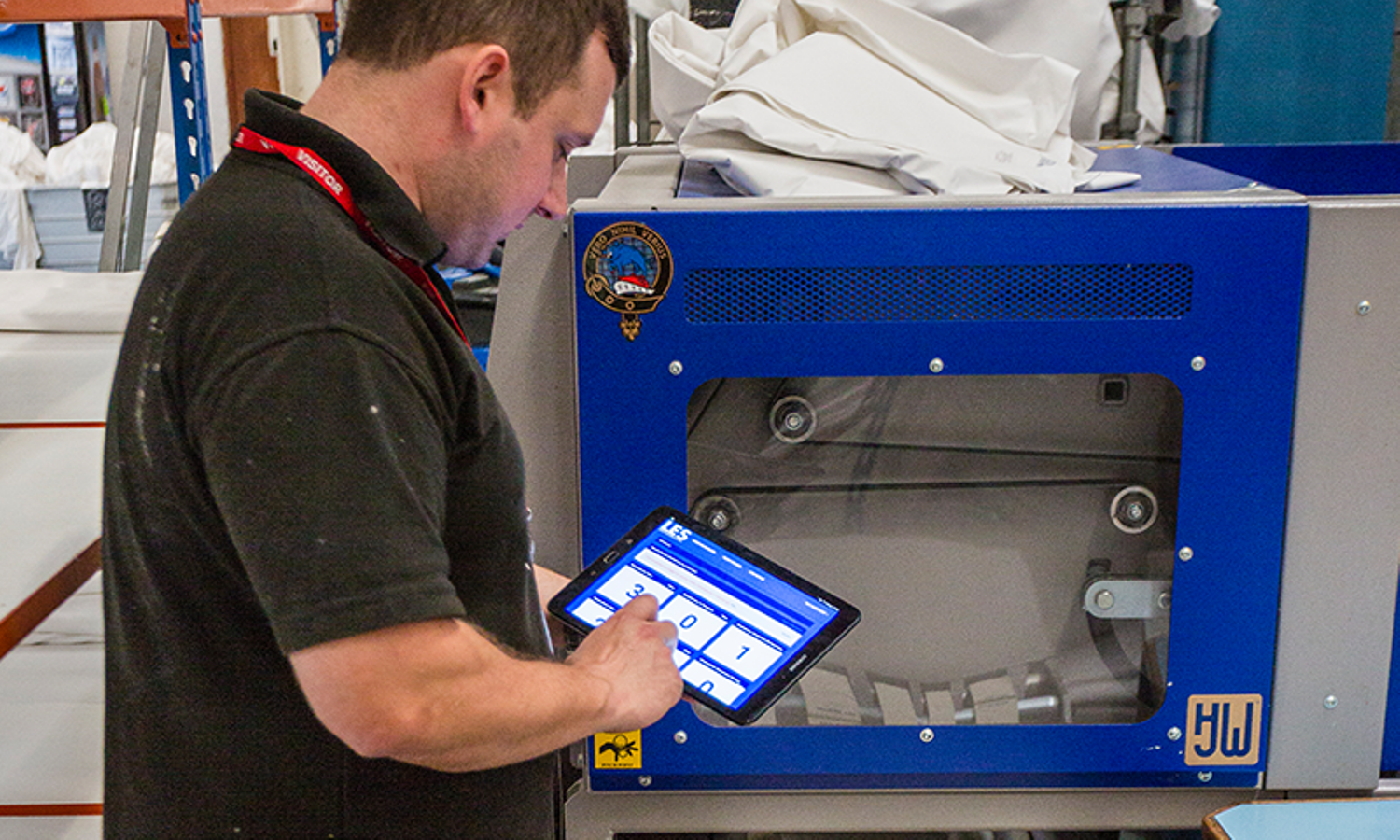Introduction
Whether you’re dressing for comfort, style, or practicality, fabric choice matters more than most people think—especially in a country like Pakistan with diverse climates. From scorching summers to breezy winters, wearing the right material ensures your outfit not only looks good but also feels great. This is particularly true when shopping for polo shirts in Pakistan, where fabric can directly impact how breathable, durable, and wearable the shirt is. In this guide, we’ll explore the different fabric types used in polo shirts and how to pick the right one for each season and situation.
Why Fabric Matters in Polo Shirts
Fabric isn’t just about texture—it determines everything from how the shirt fits to how well it handles sweat and washing. In polo shirts, fabric types vary widely, and each one has its pros and cons. Some are lightweight and cool, perfect for summer, while others are thicker and better for formal or transitional weather.
For the Pakistani climate, where summers can be intensely hot and winters moderately cool, picking the right material is more than a style choice—it’s a comfort necessity. A good-quality fabric can make your shirt look crisp after multiple washes and maintain its shape over time. On the other hand, low-quality or synthetic blends may look worn out quickly and trap heat.
Common Fabrics Used in Polo Shirts
Here’s a breakdown of the most common fabric types found in polo shirts and their pros and cons:
1. 100% Cotton
This is the gold standard in comfort. Cotton polos are soft, breathable, and absorb sweat effectively. Ideal for hot and humid days, they allow air circulation and are gentle on the skin.
- Best For: Summer wear, daily use
- Watch Out For: Shrinkage and wrinkles if not pre-shrunk or blended
2. Pique Cotton
Pique is a textured knit cotton fabric that’s slightly thicker and has a waffle-like weave. It holds structure well and is commonly used in classic polo shirts.
- Best For: Semi-formal wear, moderate temperatures
- Watch Out For: Slightly heavier, not ideal for peak summer heat
3. Cotton-Polyester Blend
This mix is designed for durability and less wrinkling. It’s also more resistant to shrinkage and often more budget-friendly.
- Best For: Everyday wear, travel
- Watch Out For: Less breathability compared to 100% cotton
4. Performance Fabric (Polyester/Spandex)
Used mainly in sports polos, this fabric is moisture-wicking, quick-drying, and stretchable. These shirts are great for activewear.
- Best For: Gym, sports, outdoor work
- Watch Out For: Synthetic feel and potential for odor retention
Best Fabrics by Season in Pakistan
Given the changing seasons across the country, it’s smart to adjust your polo shirt fabric choices throughout the year:
Summer (May – August)
Go for lightweight 100% cotton or cotton-linen blends. These materials are soft, airy, and perfect for keeping you cool during extreme heat and humidity.
Monsoon Season
Stick with quick-drying blends like cotton-polyester. They handle moisture better and won’t stay damp in case of sudden rain.
Autumn (September – October)
This is transitional weather—ideal for pique cotton polos or slightly thicker knits that keep you comfortable during cooler evenings.
Winter (November – February)
Choose heavyweight cotton or layered options, like long-sleeve polos made with double-knit or fleece lining. These offer warmth without looking bulky.
Spring (March – April)
A return to light fabrics and breathable blends is ideal. Soft combed cotton or blended polos work well as you transition from cool mornings to warm afternoons.
How to Tell If You’re Buying Good Fabric
Sometimes it’s hard to judge quality from photos, especially when buying online. Here are quick ways to tell if a polo shirt’s fabric is worth the price:
- Feel It: If shopping in-store, feel the weight. Lightweight doesn’t mean flimsy. It should feel substantial but breathable.
- Check GSM: Higher GSM (grams per square meter) indicates a thicker, more durable fabric.
- Stretch and Bounce Back: Slight stretching should return to the original shape quickly.
- Read the Label: Look for terms like “combed cotton,” “pre-shrunk,” or “moisture-wicking” depending on your needs.
If you’re buying from a trusted local brand or online retailer that specifies the fabric type and features, you’re more likely to get what you’re paying for.
Final Tips on Choosing Polo Shirts by Fabric
- If you sweat easily or live in a warmer region like Karachi or Multan, prioritize light cotton or breathable blends.
- For Lahore, Islamabad, or colder hill areas, stock up on thicker polos or layerable options.
- Always wash according to label instructions to maintain texture and color.
- Rotate between fabric types for different activities—one for work, another for outings, and one for exercise.
Conclusion
Polo shirts are versatile and stylish, but the fabric you choose determines how comfortable and long-lasting your shirt will be. In Pakistan’s ever-shifting weather, being mindful of materials helps you build a smart, seasonal wardrobe. Whether you’re shopping locally or online, understanding fabric types ensures your polo shirts in Pakistan not only look great—but feel right too. With a bit of awareness and brand selection, you can dress well, stay cool, and enjoy maximum comfort year-round.





